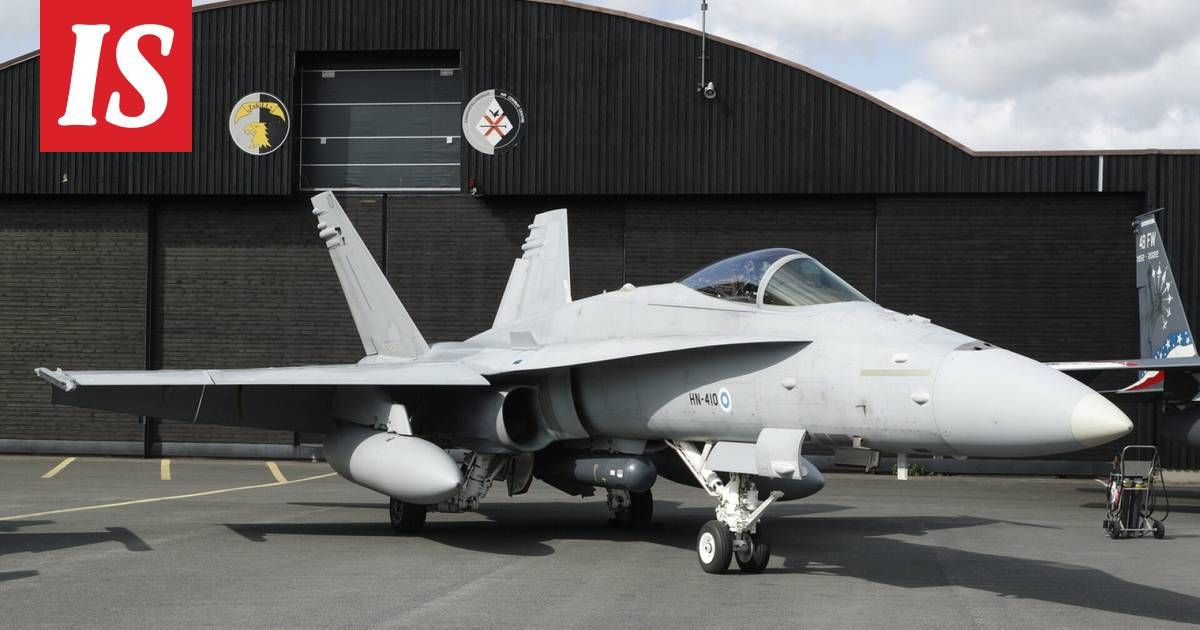Guidance system
The V-1
guidance system used a simple
autopilot developed by
Askania in Berlin to regulate altitude and airspeed.
[15] A pair of gyroscopes-controlled yaw and pitch, while azimuth was maintained by a magnetic compass. Altitude was maintained by a barometric device.
[21] Two spherical tanks contained
compressed air at 6.2 megapascals (900 psi), that drove the gyros, operated the
pneumatic servomotors controlling the rudder and elevator, and pressurized the fuel system.
[22][23][19]
The magnetic compass was located near the front of the V1, within a wooden sphere. Shortly before launch, the V1 was suspended inside the Compass Swinging Building (Richthaus). There the compass was corrected for
magnetic variance and
magnetic deviation.
[24][25]
The RLM at first planned to use a radio control system with the V-1 for precision attacks, but the government decided instead to use the missile against London.[26] Some flying bombs were equipped with a basic radio transmitter operating in the range of 340–450 kHz. Once over the channel, the radio would be switched on by the vane counter, and a 120-metre (400 ft) aerial deployed. A coded Morse signal, unique to each V1 site, transmitted the route, and impact zone calculated once the radio stopped transmitting.[27][28]
An odometer driven by a
vane anemometer on the nose determined when the target area had been reached, accurate enough for
area bombing. Before launch, it was set to count backwards from a value that would reach zero upon arrival at the target in the prevailing wind conditions. As the missile flew, the airflow turned the propeller, and every 30 rotations of the propeller counted down one number on the odometer. This odometer triggered the arming of the warhead after about 60 km (37 mi).
[29] When the count reached zero, two
detonating bolts were fired. Two
spoilers on the
elevator were released, the linkage between the elevator and servo was jammed, and a
guillotine device cut off the control hoses to the rudder servo, setting the rudder in neutral. These actions put the V-1 into a steep dive.
[30][31] While this was originally intended to be a power dive, in practice the dive caused the fuel flow to cease, which stopped the engine. The sudden silence after the buzzing alerted people under the flight path to the impending impact.
[12][19][32][33]
Initially, V-1s landed within a circle 31 km (19 mi) in diameter, but by the end of the war, accuracy had been improved to about 11 km (7 mi), which was comparable to the
V-2 rocket.
[34]





